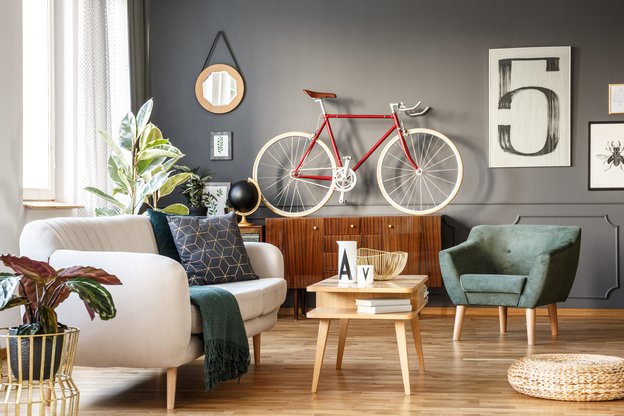The Australian rental market has never been bigger, but the threat of rent rises or eviction is still a real concern for many renters, making it hard for many renters to call their rental “home”.
According to housing researcher Professor Alan Morris from the University of Technology Sydney, location and financial power play large roles in one’s approach to their home.
Morris’ research found a significant increase in young professionals who see the benefit of flexibility in renting and were confident in negotiating and dealing with landlords due to their ability to afford other rentals, if evicted.
Morris explains that “The big problem is low-income renters”. This is due to the fact that low-income renters have less of a capacity to find a new place to rent, if evicted, and are therefore less likely to ask for any refurbishments to the property or be willing to spend any money on the property themselves, as they “could be evicted at any moment”.
However, despite some uncertainty within the rental market, there are various low-cost and effective strategies that tenants can implement to make their rental feel a little bit more like a “home”.
Longer leases provide security The best way to gain a sense of security in your rental property is to negotiate a longer-term lease. Not only can this provide the renter with more security, but property managers are also likely to be more open to rent fee negotiation, especially as longer-term leases reduce vacancy rates, which are increasing in major cities like Sydney and Melbourne.
Furthermore, property managers appreciate tenants that look after their property. It is not completely uncommon for landlords to offer long leases and reduced rent for tenants that take pride in looking after the property.
Ask your property manager about ‘minor alterations’ Especially for longer leases and older properties, it is worth exploring the possibility of minor alterations with your landlord, with one interior designer explaining “It’s quite common to take a selection of paint swatches to get the agent to sign off on them”. This can be a win-win for both the tenant and owner, as the tenant is more likely to enjoy the living space and in turn, the property manager is more likely to see long-term potential in tenants that are willing to spend money on the property, as well as increasing the value of the property.
However, when making minor alterations, it is important to seek property manager approval and to have security around the length of the lease, as money shouldn’t be invested from the tenant if the future of the lease isn’t concrete.
Be selective when buying furniture Purchasing furniture or decorations for a rental property is perhaps counterintuitive; instead of purchasing furniture to “fill a spot”, as you would in a home, it is important to buy furniture that is portable and can be taken to a new rental, especially if you’re on a shorter-term or ongoing lease.
Pot plants make for a relocatable garden Pot plants are great for many reasons. They brighten-up any indoor area, are perfect for apartments that don’t have the space for a garden, and are easy to bring with you to future rental properties.
Add some art! Many renters can be hesitant to invest in art, especially when used to shorter-term leases. However, adding art creates a personal touch to the property, making it feel much more like a home. Make sure to use removable adhesive hooks so you don’t have to ask landlord permission, or carefully lean art against walls or bookshelves.
For smaller or darker rooms, consider leaning a larger mirror against the wall, apart from being functional, this will reflect light around the room and make the space feel bigger.
*Happy renting!
